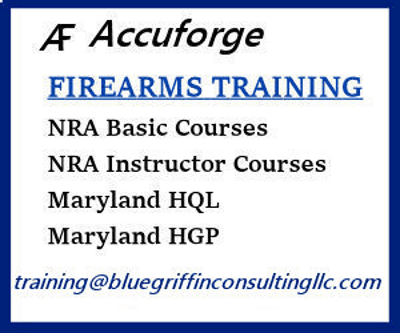Intarsiac
Active Member
Just did the paperwork for a new S&W Model 60 .357 (2 1/8") and consequently now will be adding some new (to me) calibers to my ammunition inventory, which is currently 9mm and .22lR. Considering reloading and have a few preliminary questions. I think Alucard had a great post a while ago (which I can't find, of course) comparing reloading prices versus buying new.
Is this a good estimate for a ballpark cost per round for 9mm?
used brass - .00
powder - .02 (thinking average 7 grains per)
primer - .03
bullet - .12
Total - .17 (versus .20 for Wally World WWB)
Is the brass different for .38 special and .38 special +p? In other words can headstamped .38 special brass be loaded to +p?
On a press, do .38 special and .357 use the same die set?
I am thinking of buying the Speer #14 reloading manual (any other reference recommendations?) and reading up before deciding and diving in.
Thanks!
Is this a good estimate for a ballpark cost per round for 9mm?
used brass - .00
powder - .02 (thinking average 7 grains per)
primer - .03
bullet - .12
Total - .17 (versus .20 for Wally World WWB)
Is the brass different for .38 special and .38 special +p? In other words can headstamped .38 special brass be loaded to +p?
On a press, do .38 special and .357 use the same die set?
I am thinking of buying the Speer #14 reloading manual (any other reference recommendations?) and reading up before deciding and diving in.
Thanks!
Last edited:

